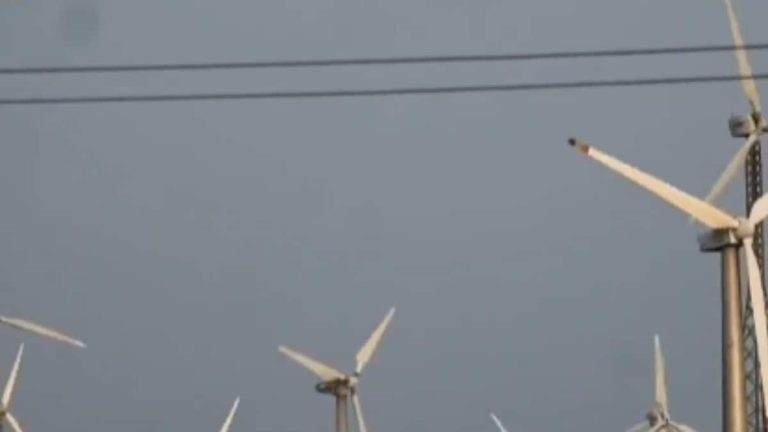
The analysis shows that 70 countries and one region have national wind power targets for 2030 totaling 2,157 GW. Compared with 901 GW in 2022, this is a 2.4-fold increase. representative image
India, the fourth-largest wind market, would need to build 9.3 GW of installation capacity annually from 2024 to 2030 to achieve 110 GW of wind this decade, but current construction rates are low, according to Ember.
The latest report released by global energy think tank Ember shows that the combined existing wind power targets of nearly 70 countries are insufficient to achieve the goal of tripling wind power installation capacity by 2030, although it is likely to be doubled.
The analysis shows that 70 countries and one region have national wind power targets for 2030 totaling 2,157 GW. Compared with 901 GW in 2022, this is a 2.4-fold increase. “Governments lack ambition for wind power, especially land-based wind power. Although wind energy provides cheap electricity and complements solar power, it does not receive enough attention.
China is far ahead, but other countries still have a lot of work to do
The report analyzes national wind power targets for 2030 for 70 countries, which together account for 99% of current global wind installation capacity, as well as the European Union (EU). Analysis shows that global wind installation capacity will double, mainly because China is expected to over-deliver while the rest of the world will under-deliver overall.
At the last UN summit, COP28, countries agreed to triple the total renewable energy capacity by 2030. The “most important lever” goal is within reach. According to the International Energy Agency, in order to achieve the goal of tripling renewable energy generation, wind power generation should also at least triple.
However, the latest industry forecasts indicate that China's wind power installation capacity will triple by 2030 and will continue to account for more than half of global new wind power installation capacity each year from 2024 to 2030. There is a large gap between installation and what is needed to achieve the current 2030 targets.
India: The current wind power installed capacity construction rate is low
India, the world's fourth largest wind power market, has set a renewable energy target to increase from 163 GW in 2022 to 509 GW in 2030. By 2030, it will reach 110 GW, an increase of 2.6 times. To achieve this target, 9.3 GW of wind installation capacity will need to be built annually from 2024 to 2030.
The report states: “India’s domestic wind manufacturing capacity and increased confidence in the supply chain, coupled with positive policy and regulatory momentum, may help narrow the gap between forecast new capacity and the capacity needed to achieve the 2030 target. “
The largest gap between forecast installation capacity and the installation capacity needed to achieve the 2030 target exists in the United States, the world's second-largest wind power market after China. Although there is no clear target, modeling shows that 32 GW of wind power will need to be built every year from 2024 to 2030, but the current construction rate is very low – only 6.4 GW of wind power will be added in 2023.
Only 56 countries have clear wind power targets
Ember's analysis shows that only 56 countries have set clear wind energy targets. At least 12 countries, including the United States and China, have implicit wind energy targets that are extracted from national modeling studies and are not written into national policy or strategy documents. The 70 countries that have set wind power targets account for 99% of the current global wind power installation capacity. Many countries in West Asia, Africa, Central Asia and Southeast Asia have not yet installed wind power capacity, and it is not clear whether they have wind power targets.
“Wind energy must be at the heart of the energy transition, and every gigawatt installed is another step towards a confident green world. Targets play a key role in setting the way forward, but it is truly the fight against climate change, enabling clean industry and delivering safe energy that The only way to achieve these goals is real action,” said Ben Backwell, chief executive of the Global Wind Energy Council (GWEC).
According to the report, solar and wind energy are expected to account for more than 90% of global renewable energy installation capacity growth, tripling global renewable energy installation capacity. Through the right combination of policy, regulation and financial support, wind energy can be achieved quickly and on a large scale. growing up.
